Home>Gardening & Outdoor>Plant Care & Gardening Tips>How Long Can A Desert Wildflower Live
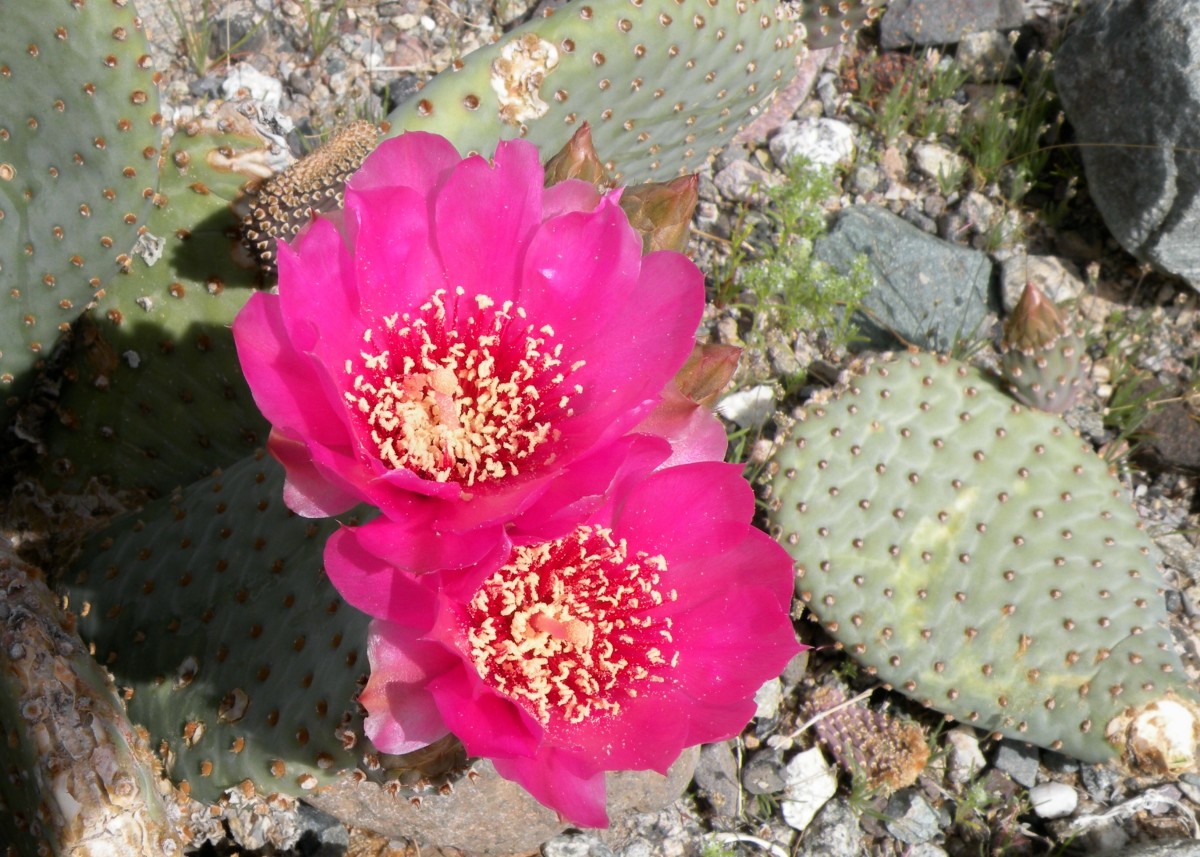

Plant Care & Gardening Tips
How Long Can A Desert Wildflower Live
Published: December 24, 2023
Discover expert plant care and gardening tips for desert wildflowers. Learn how long these resilient plants can live and thrive in arid environments.
(Many of the links in this article redirect to a specific reviewed product. Your purchase of these products through affiliate links helps to generate commission for Storables.com, at no extra cost. Learn more)
Introduction
Desert wildflowers, with their vibrant hues and tenacious spirit, captivate the imagination and evoke a sense of wonder. These resilient blooms endure the harsh, arid conditions of their arid habitat, showcasing remarkable longevity despite the challenging environment. The lifespan of a desert wildflower is a testament to nature's ability to thrive in the face of adversity, offering a profound lesson in resilience and adaptation.
In the arid expanses of deserts, where water is scarce and temperatures are extreme, the endurance of desert wildflowers serves as a symbol of hope and perseverance. These hardy blooms have evolved unique mechanisms to survive in such unforgiving landscapes, defying the odds and gracing the desert with their ephemeral yet enchanting presence.
In this article, we delve into the fascinating world of desert wildflowers, exploring the factors that influence their lifespan, highlighting examples of long-lived species, and unraveling the significance of their longevity in the desert ecosystem. Join us on a journey through the sun-scorched terrain as we unravel the secrets of these remarkable blooms and gain a deeper appreciation for their enduring beauty.
Key Takeaways:
- Desert wildflowers, like the Saguaro cactus blossom, may bloom for only 24 hours but can live for over 150 years, showcasing nature’s resilience and longevity in harsh environments.
- The enduring presence of long-lived desert wildflowers supports biodiversity, soil conservation, and wildlife, serving as beacons of hope and resilience in the arid wilderness.
Read more: What Eats A Desert Wildflower
Factors Affecting Desert Wildflower Lifespan
The lifespan of a desert wildflower is influenced by a myriad of factors, each playing a crucial role in determining the duration of its existence in the harsh desert environment. Understanding these factors provides insight into the remarkable adaptability of these resilient blooms and sheds light on the delicate balance that governs their survival.
Adaptations to Arid Conditions: Desert wildflowers have evolved a suite of adaptations to thrive in arid environments. These adaptations include deep root systems that enable them to access water stored deep within the earth, waxy or hairy leaves that reduce water loss through transpiration, and the ability to enter dormancy during extended dry spells. These remarkable adaptations allow desert wildflowers to endure prolonged periods of drought, thereby extending their lifespan in the desert.
Availability of Water: The availability of water is a critical determinant of a desert wildflower’s lifespan. In years of abundant rainfall, these blooms experience enhanced growth and reproductive success, leading to a potential increase in their longevity. Conversely, prolonged drought conditions can curtail their lifespan, as water scarcity limits their ability to sustain vital physiological processes.
Soil Composition: The composition of desert soil significantly impacts the lifespan of wildflowers. Well-drained, nutrient-rich soils can support robust growth and prolonged blooming periods, contributing to the longevity of these resilient plants. In contrast, nutrient-poor or compacted soils may impose limitations on their growth and overall lifespan, underscoring the intimate relationship between soil quality and the endurance of desert wildflowers.
Temperature Extremes: Desert wildflowers are subjected to extreme temperature fluctuations, ranging from scorching daytime heat to chilly nights. Their ability to withstand these temperature extremes influences their lifespan, with certain species exhibiting adaptations to thrive in specific temperature ranges. The capacity to endure such fluctuations is pivotal in determining the duration of their blooming and reproductive phases, ultimately shaping their lifespan in the desert.
By navigating these intricate ecological dynamics, desert wildflowers demonstrate a remarkable resilience that allows them to defy the formidable challenges of their arid habitat. Their ability to adapt and persist in the face of such adversities underscores the awe-inspiring beauty of these enduring blooms.
Examples of Long-Lived Desert Wildflowers
Amidst the rugged terrain of desert landscapes, an array of wildflowers defy the harsh conditions and exhibit remarkable longevity, adorning the arid expanse with their enduring beauty. These resilient blooms, with their captivating colors and tenacious spirit, stand as testaments to nature’s ability to thrive in the most unforgiving environments. Let’s explore some notable examples of long-lived desert wildflowers that have captured the imagination of botanists and nature enthusiasts alike.
- Saguaro Cactus Blossom (Carnegiea gigantea): The iconic Saguaro cactus, a symbol of the American Southwest, produces stunning white flowers with a sweet fragrance. These blossoms, which bloom for a mere 24 hours, give way to succulent red fruits. Despite their brief flowering period, the Saguaro cactus can live for over 150 years, embodying the longevity and resilience characteristic of desert flora.
- Desert Marigold (Baileya multiradiata): The radiant yellow blooms of the Desert Marigold brighten the arid landscapes of the southwestern United States. These hardy perennials, with their daisy-like flowers, can thrive for several years, adding a splash of color to the desert terrain. Their ability to endure the rigors of the desert exemplifies the tenacity and longevity of these enchanting wildflowers.
- Brittlebush (Encelia farinosa): With its striking yellow flowers and silvery foliage, the Brittlebush is a quintessential desert wildflower known for its remarkable longevity. This perennial shrub, native to the deserts of the American Southwest, can live for several decades, gracing the arid expanses with its enduring beauty and serving as a vital source of nectar for desert wildlife.
- Desert Lily (Hesperocallis undulata): The Desert Lily, with its delicate white flowers and sweet fragrance, is a symbol of endurance in the harsh desert environment. These perennial bulbs can persist for decades, blooming year after year with graceful resilience. Their ability to thrive in the arid wilderness underscores the enduring allure of desert wildflowers.
These exemplary desert wildflowers, with their remarkable longevity and captivating blooms, embody the indomitable spirit of the desert ecosystem. Their ability to withstand the rigors of arid environments and thrive for extended periods serves as a testament to the resilience and adaptability of nature’s most enduring creations.
Desert wildflowers can live for a few weeks to several months, depending on the species and environmental conditions. Some may only bloom for a short time, while others can survive longer with the right amount of water and sunlight.
Importance of Longevity in Desert Wildflowers
The longevity of desert wildflowers plays a pivotal role in shaping the dynamics of arid ecosystems, contributing to the resilience and biodiversity of these harsh environments. The enduring presence of these hardy blooms holds profound significance, influencing the intricate web of life in the desert and offering a myriad of benefits that enrich the natural landscape.
Ecological Stability: Long-lived desert wildflowers contribute to the stability and sustainability of arid ecosystems. Their enduring presence provides a consistent source of nectar, pollen, and shelter for a diverse array of pollinators, including bees, butterflies, and hummingbirds. By fostering a reliable habitat for these vital pollinators, long-lived wildflowers bolster the ecological balance of the desert, ensuring the perpetuation of essential plant-animal interactions.
Soil Conservation: The extensive root systems of long-lived desert wildflowers play a crucial role in preventing soil erosion and promoting soil stability. By anchoring the soil with their robust roots, these resilient blooms mitigate the impacts of wind and water erosion, preserving the fragile topsoil of arid landscapes. This soil conservation function is essential for maintaining the integrity of desert ecosystems and safeguarding the delicate balance of these unique habitats.
Wildlife Support: The enduring presence of long-lived desert wildflowers sustains a rich tapestry of wildlife in the arid expanse. From providing nourishment for desert-adapted herbivores to offering shelter for small mammals and reptiles, these hardy blooms serve as vital resources for the diverse fauna of the desert. Their longevity ensures a consistent supply of food and habitat, fostering the survival and well-being of the intricate web of desert wildlife.
Resilience in Adverse Conditions: The ability of long-lived desert wildflowers to endure prolonged periods of drought and temperature extremes contributes to the resilience of desert ecosystems. During times of environmental stress, these enduring blooms serve as beacons of hope, maintaining their presence in the face of adversity and inspiring other flora and fauna to persevere. Their resilience underscores the capacity of desert ecosystems to withstand challenging conditions and adapt to ever-changing environmental pressures.
The enduring legacy of long-lived desert wildflowers transcends their ephemeral blooms, shaping the very fabric of arid landscapes and enriching the intricate tapestry of life in these unforgiving environments. Their longevity exemplifies the remarkable adaptability and resilience of nature, instilling a sense of awe and reverence for the enduring beauty of the desert wilderness.
Conclusion
The enigmatic allure of desert wildflowers, with their enduring beauty and remarkable longevity, serves as a testament to the indomitable spirit of nature in the face of adversity. These resilient blooms, adapted to thrive in the harshest of environments, embody the essence of perseverance and resilience, captivating the hearts and minds of all who behold their fleeting yet enchanting presence.
As we unravel the intricacies of desert wildflowers, we gain a profound appreciation for the factors that influence their lifespan, the examples of their enduring beauty, and the significance of their longevity in shaping arid ecosystems. From their adaptations to arid conditions to their role in supporting biodiversity, these hardy blooms stand as pillars of strength in the desert landscape, enriching the natural tapestry with their vibrant colors and enduring allure.
Amidst the sun-scorched terrain and arid expanses, the longevity of desert wildflowers serves as a beacon of hope, a symbol of resilience, and a source of sustenance for the delicate balance of life in the desert. Their enduring presence fosters ecological stability, supports diverse wildlife, and inspires awe in the face of nature’s enduring creations.
As we marvel at the tenacity and beauty of desert wildflowers, let us embrace the profound lessons they impart – the resilience to withstand adversity, the capacity to thrive in the most challenging conditions, and the enduring legacy of nature’s most captivating creations. In the ephemeral bloom of a desert wildflower, we find a timeless testament to the enduring spirit of life in the arid wilderness.
So, the next time you encounter a desert wildflower, blooming against the backdrop of an unforgiving landscape, take a moment to marvel at its enduring beauty and reflect on the profound resilience it represents. In the delicate petals and robust roots of these hardy blooms, we find a timeless reminder of nature’s ability to endure, adapt, and flourish against all odds.
Frequently Asked Questions about How Long Can A Desert Wildflower Live
Was this page helpful?
At Storables.com, we guarantee accurate and reliable information. Our content, validated by Expert Board Contributors, is crafted following stringent Editorial Policies. We're committed to providing you with well-researched, expert-backed insights for all your informational needs.
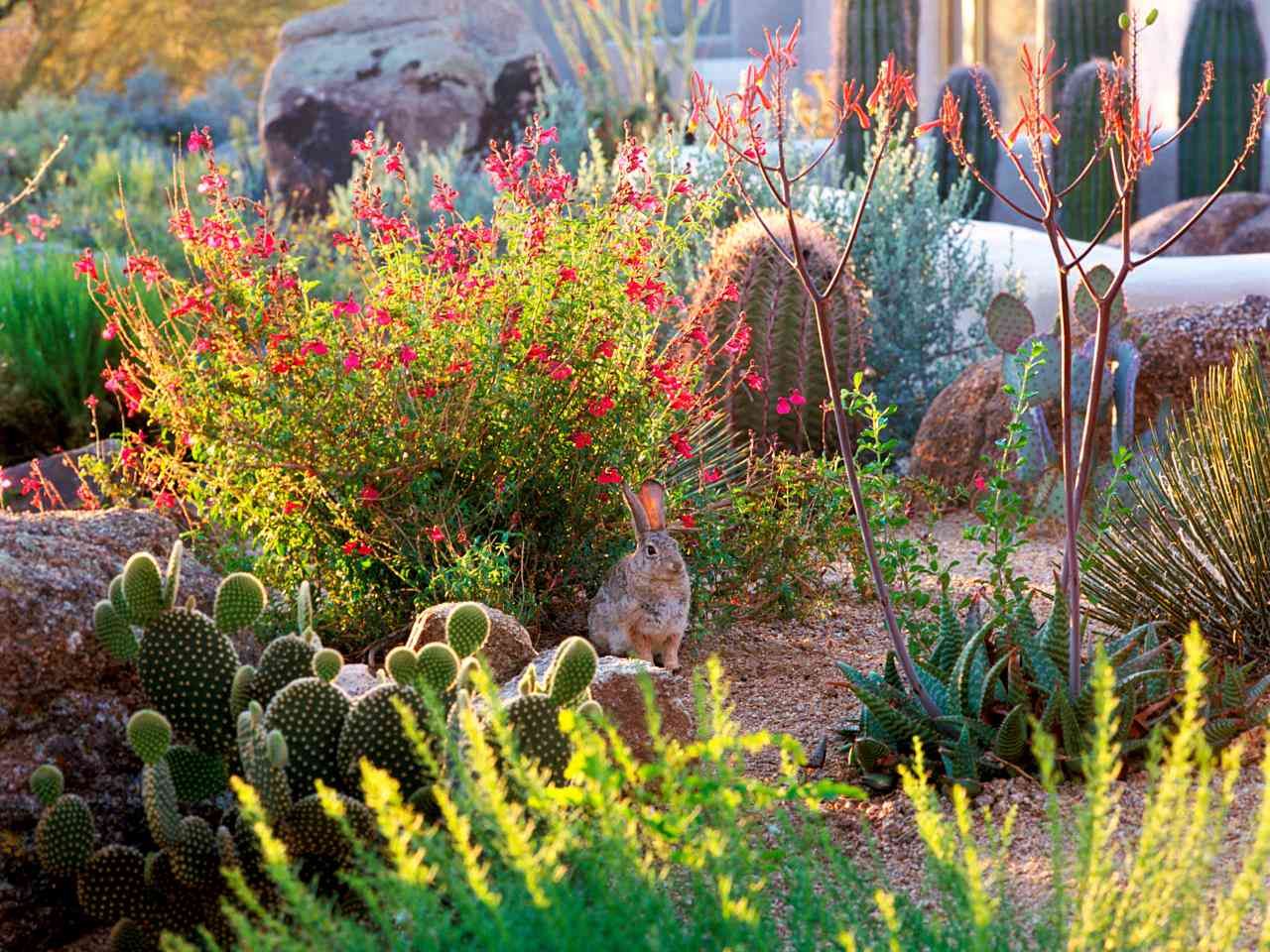
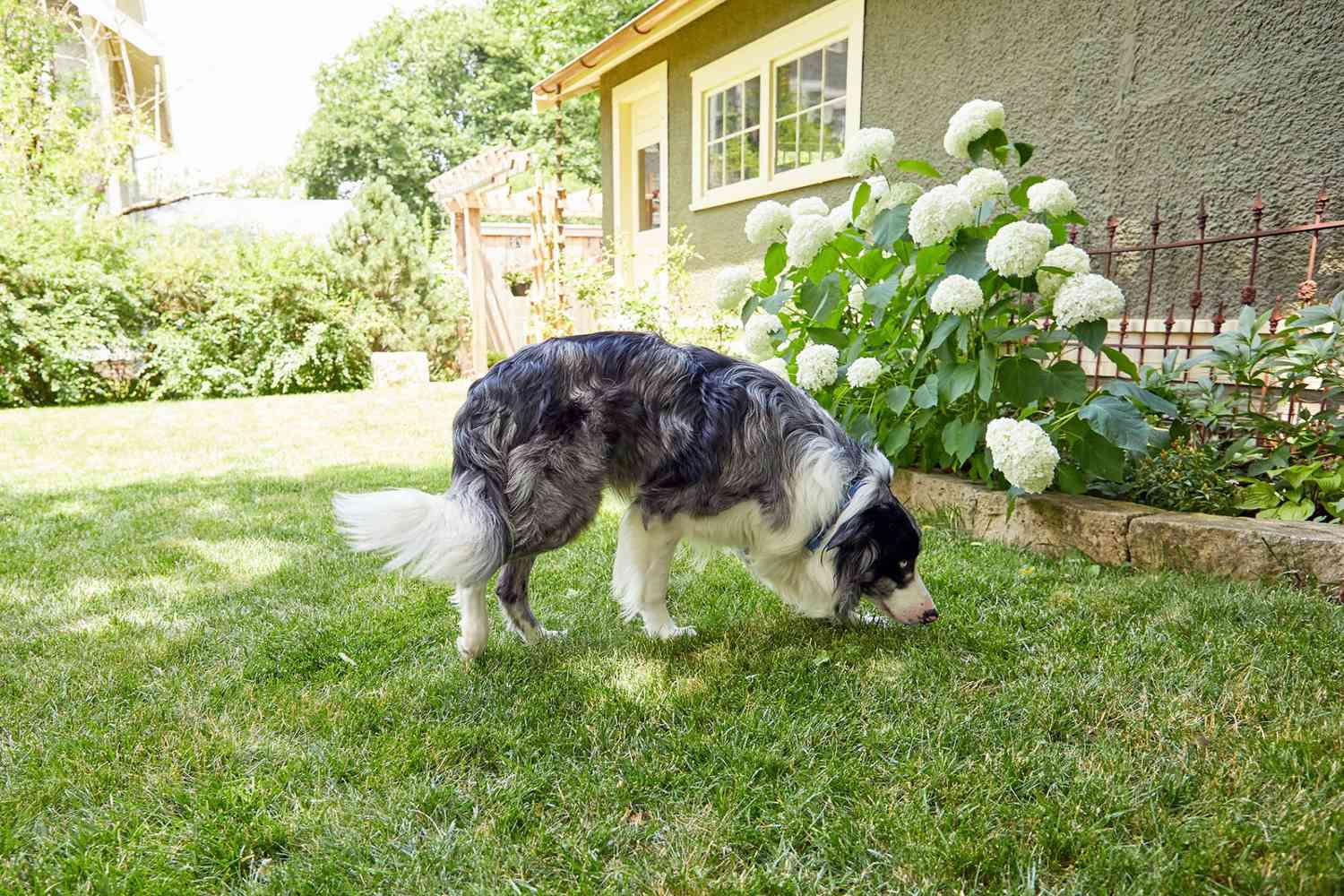
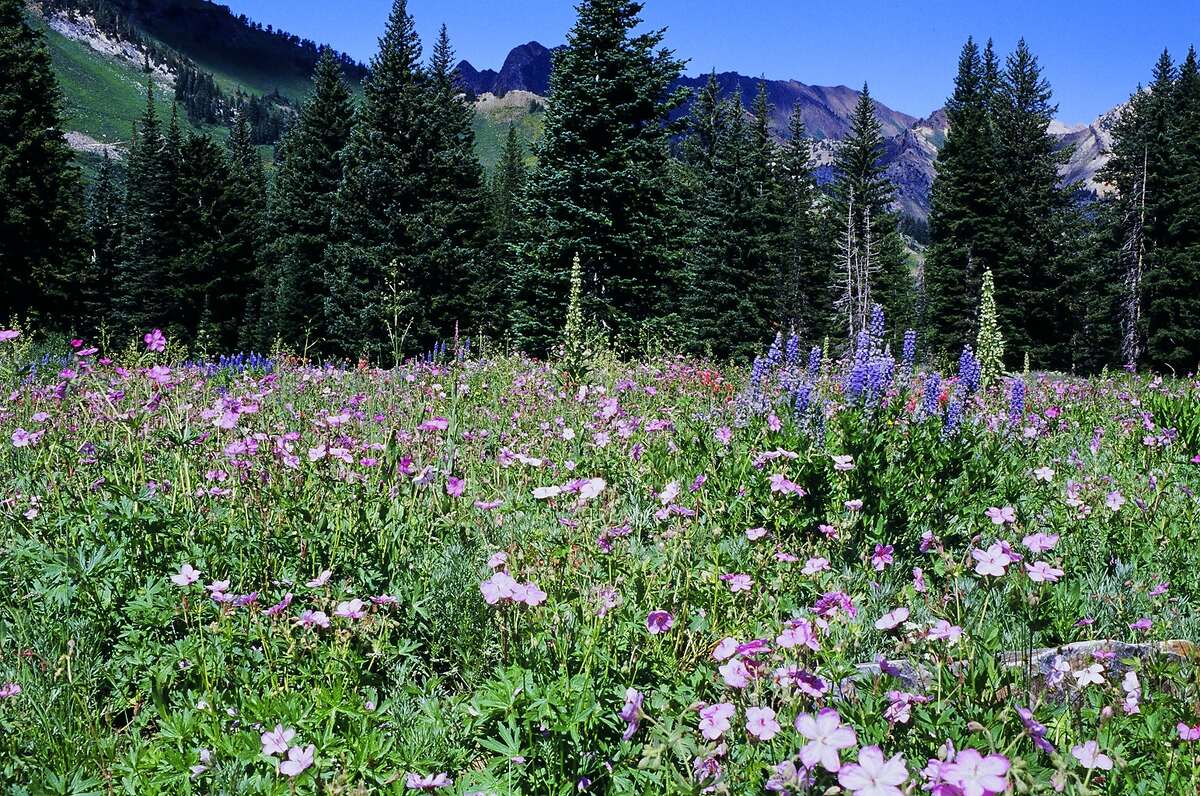
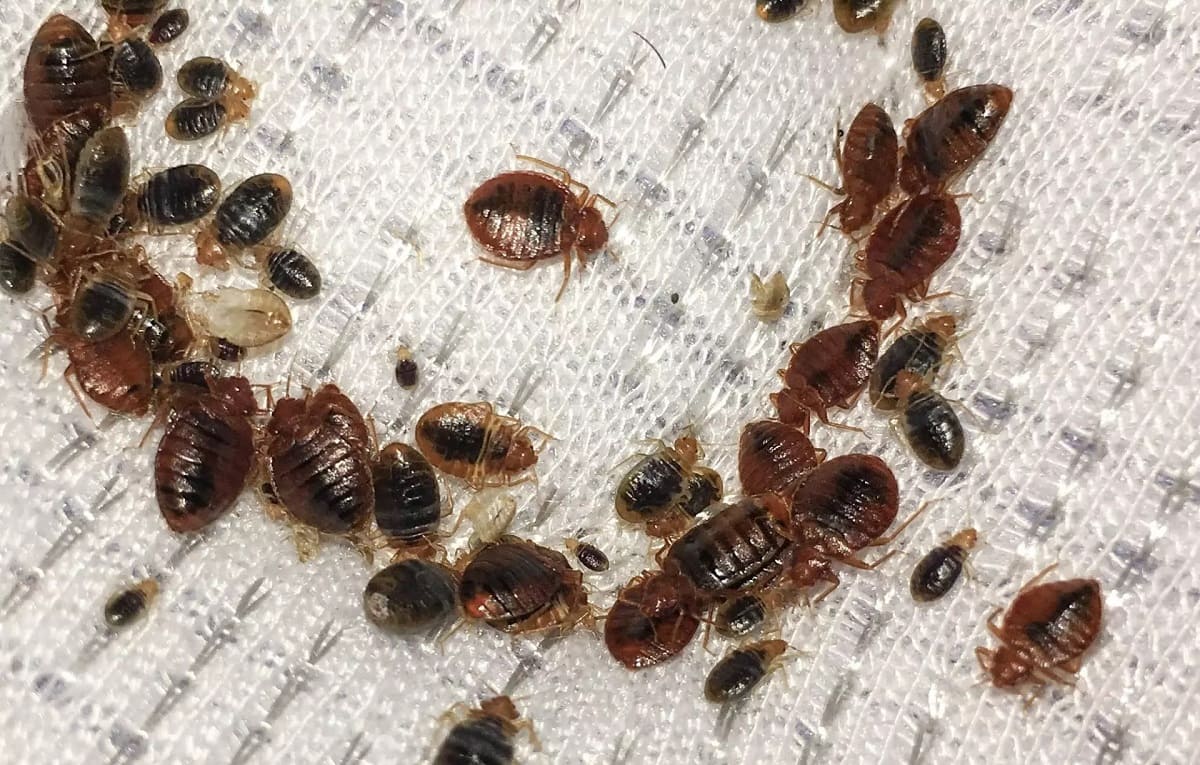
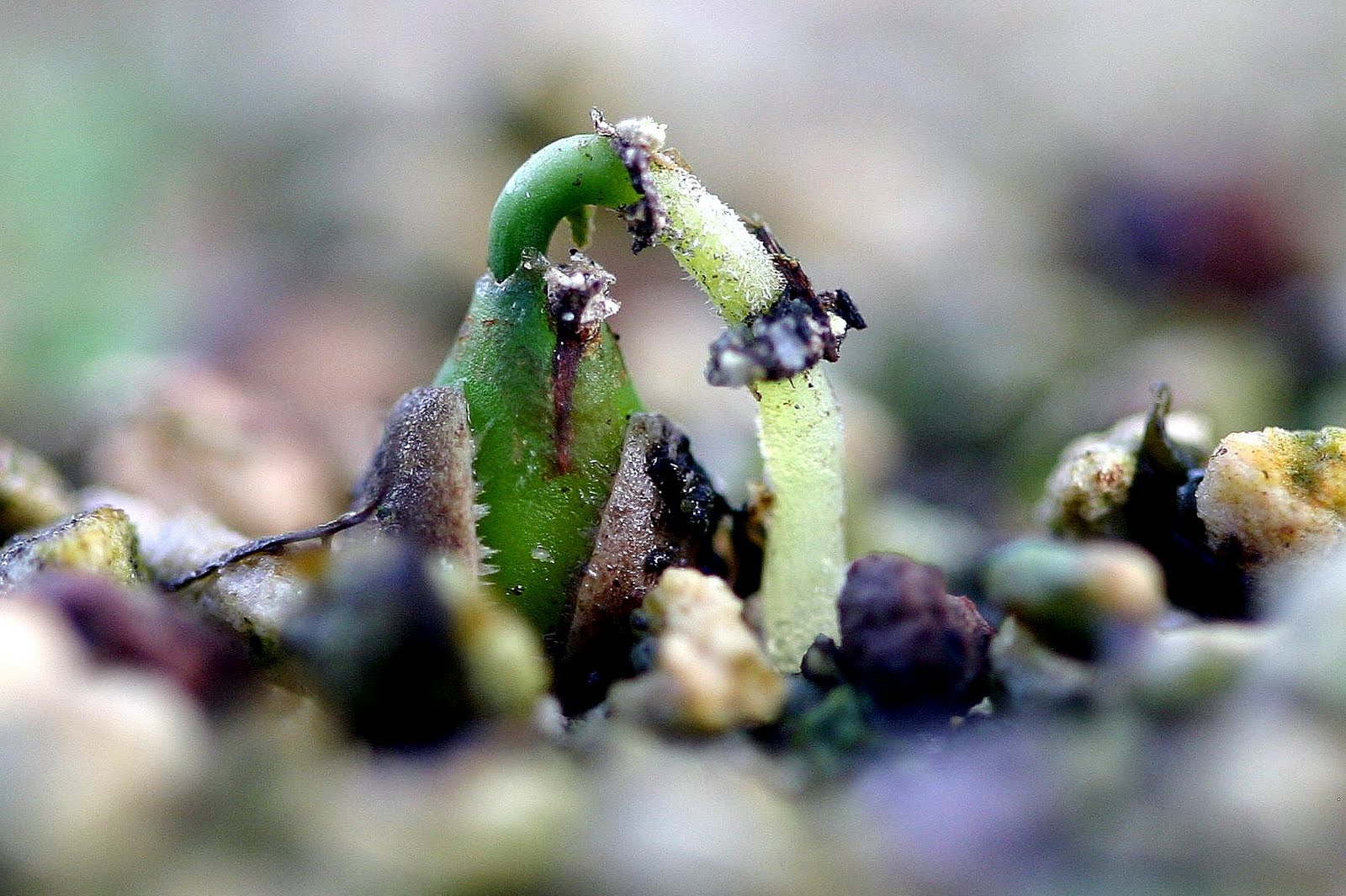
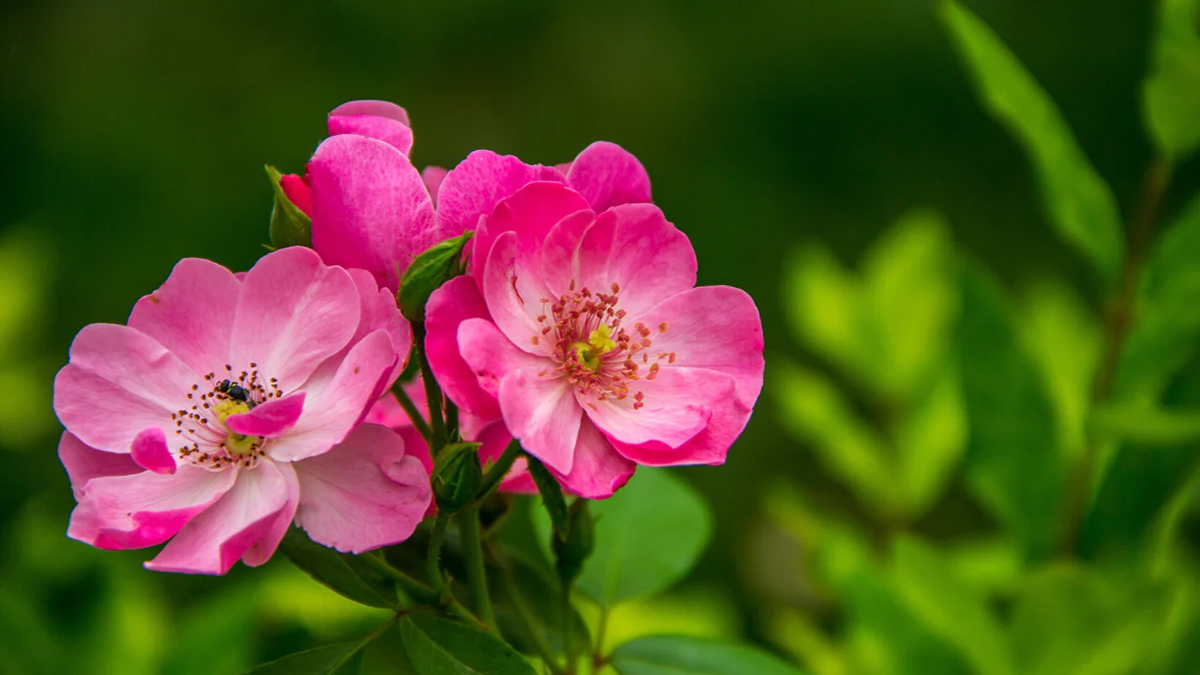
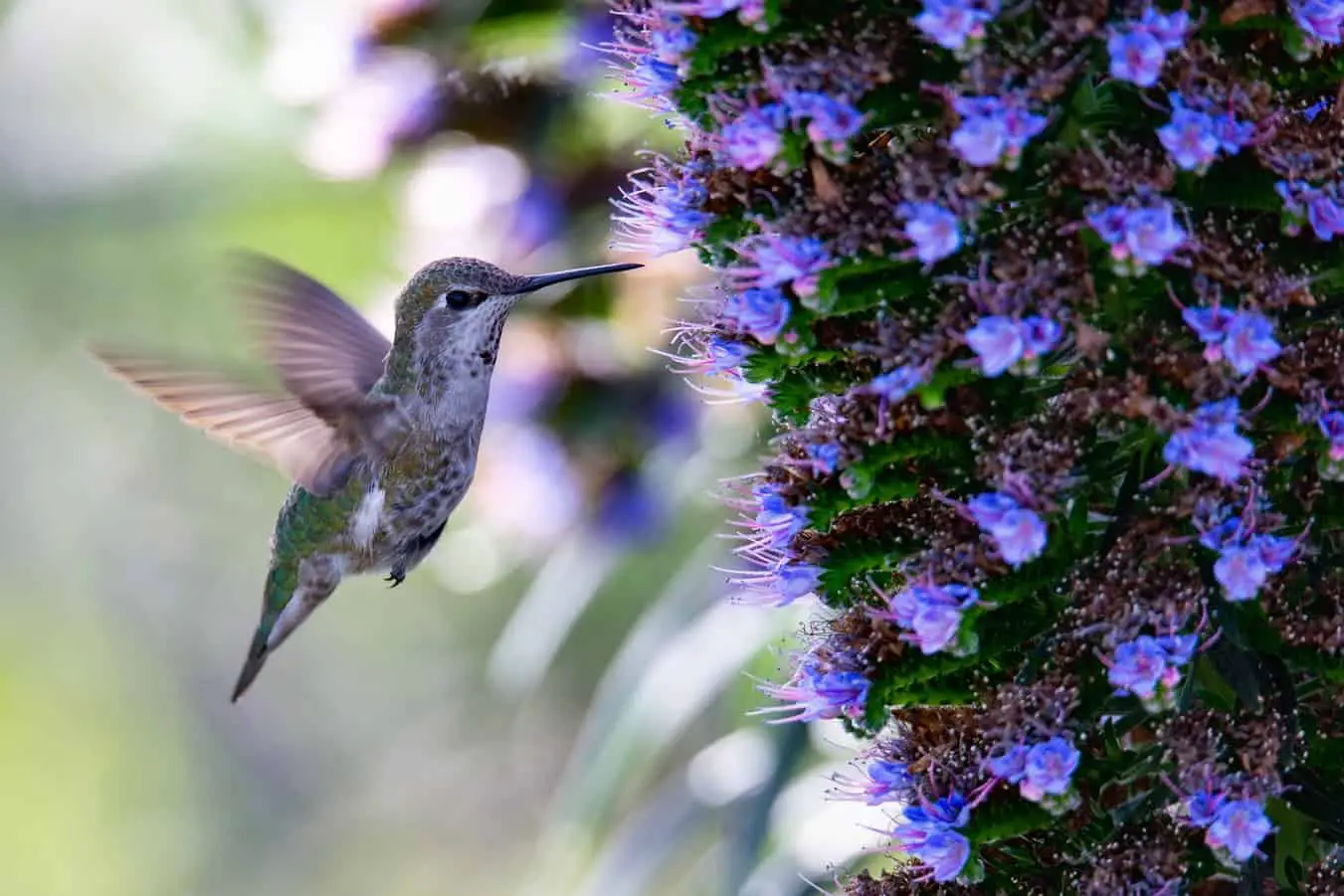
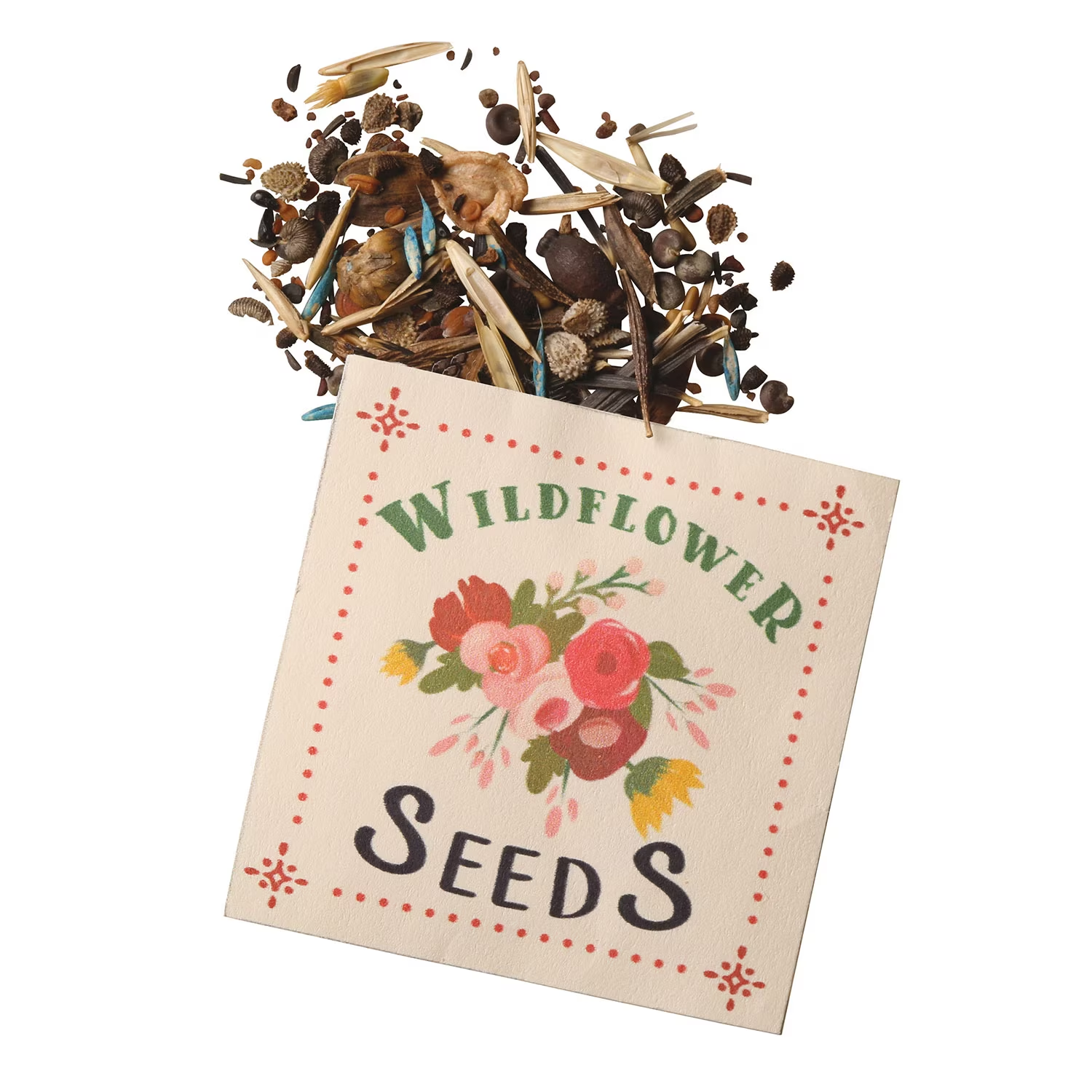


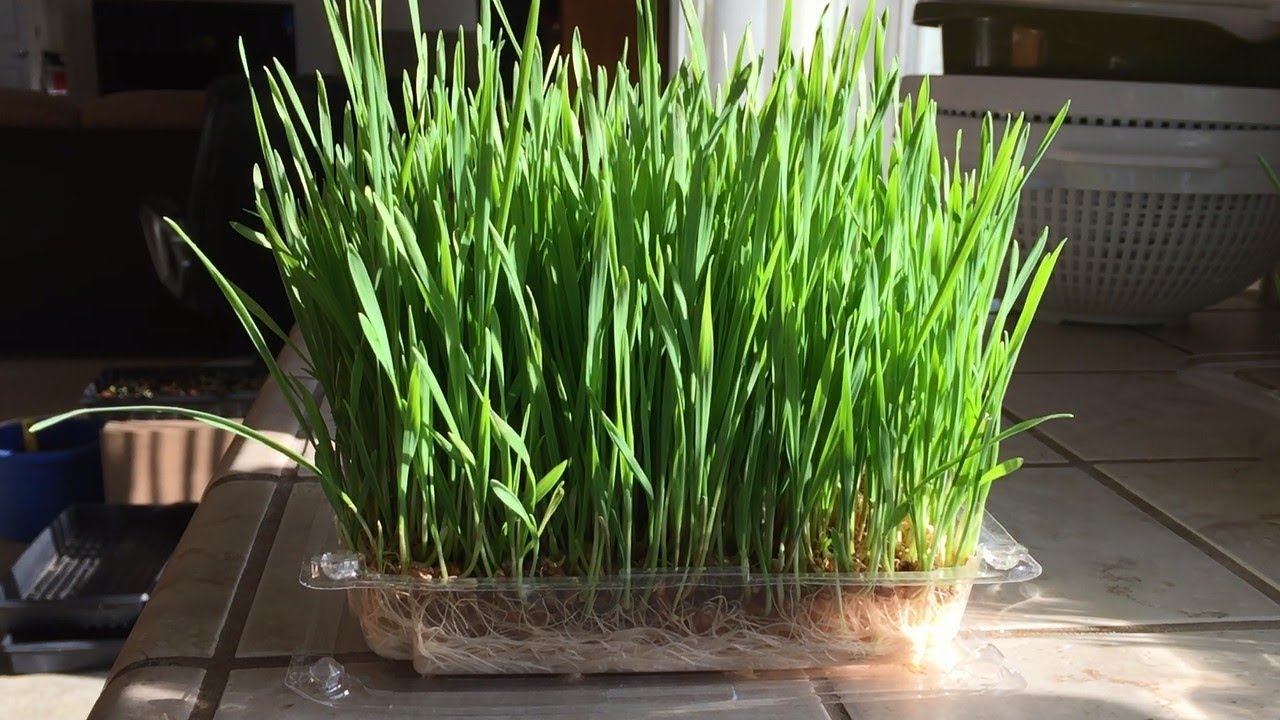
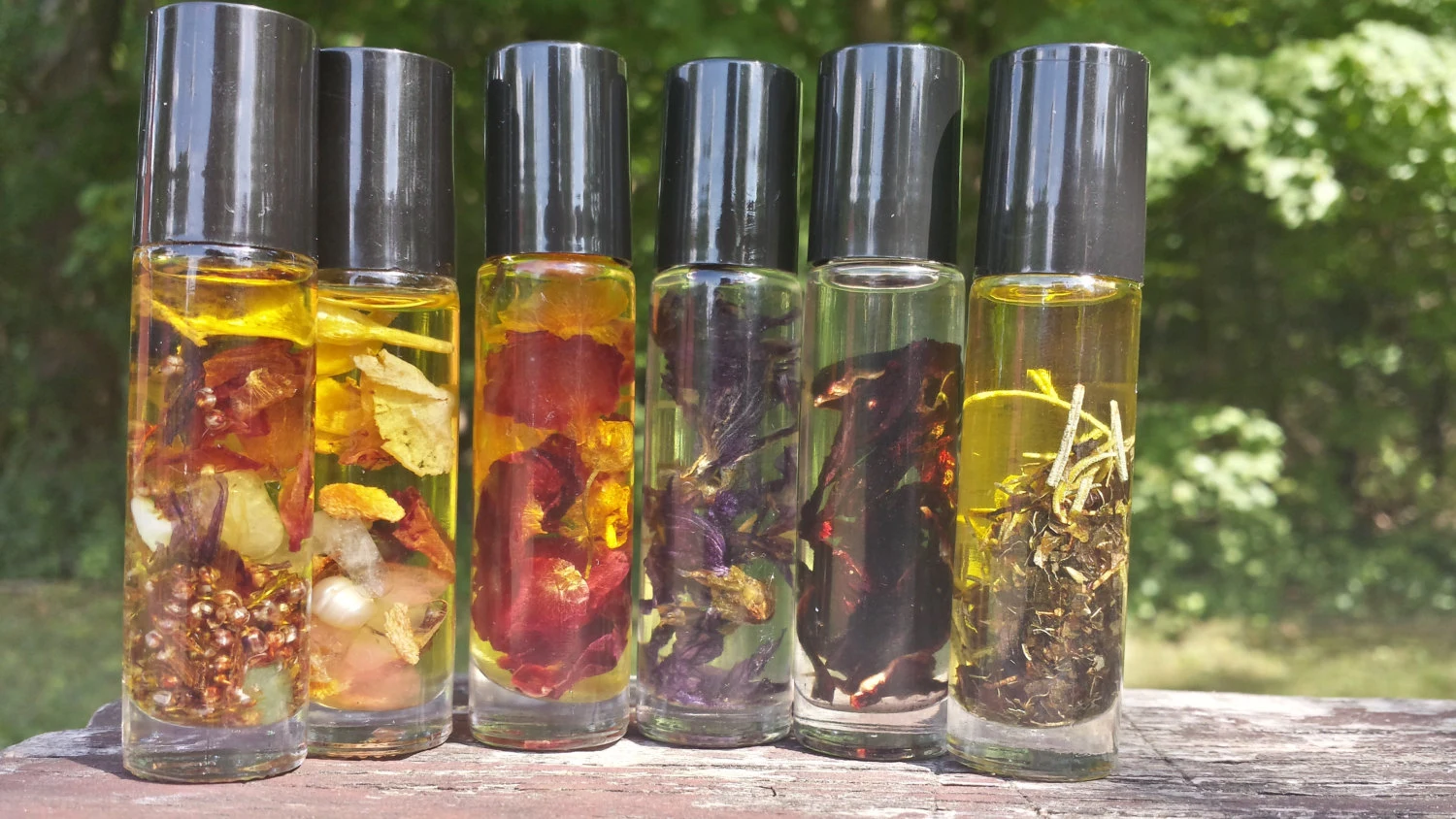
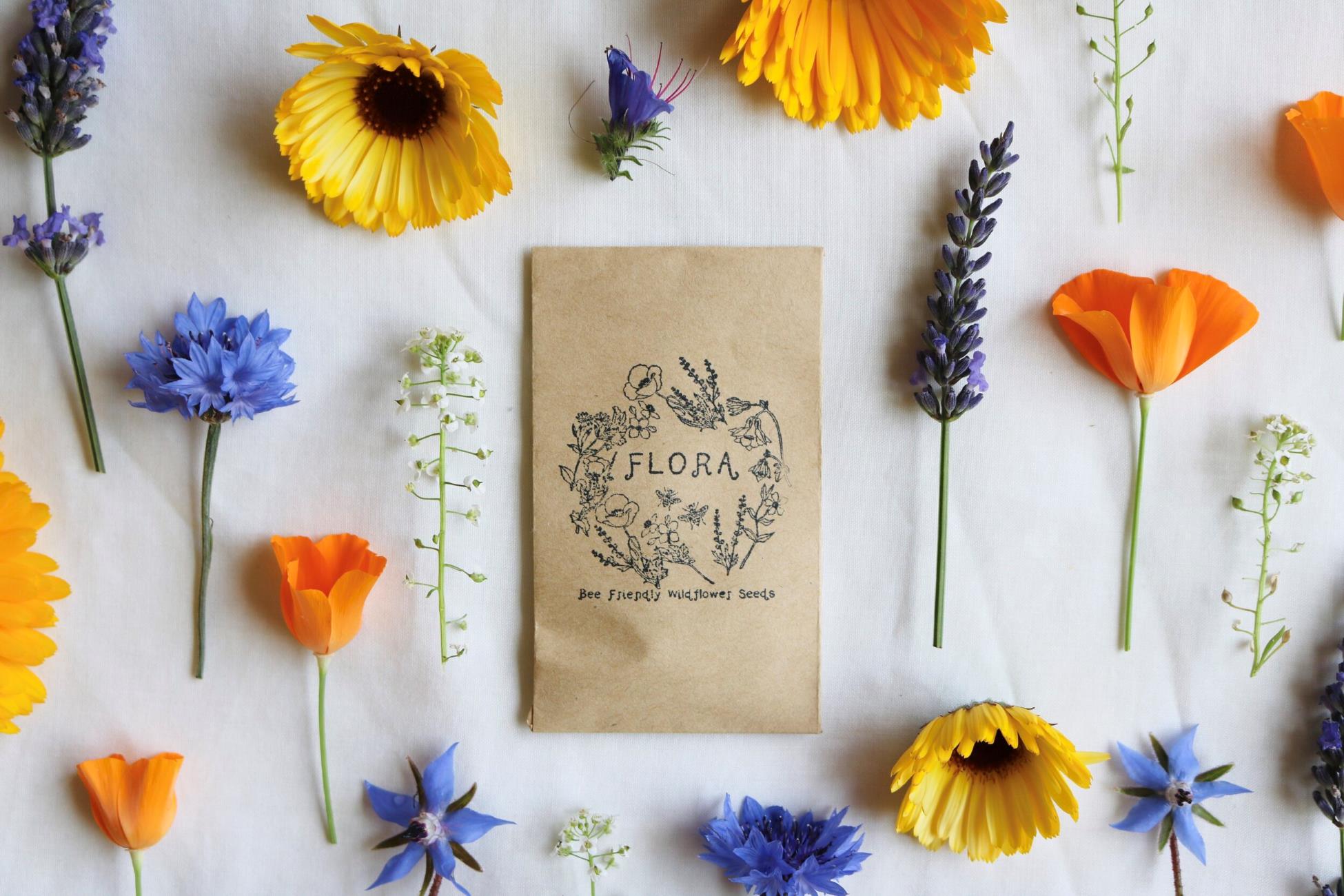
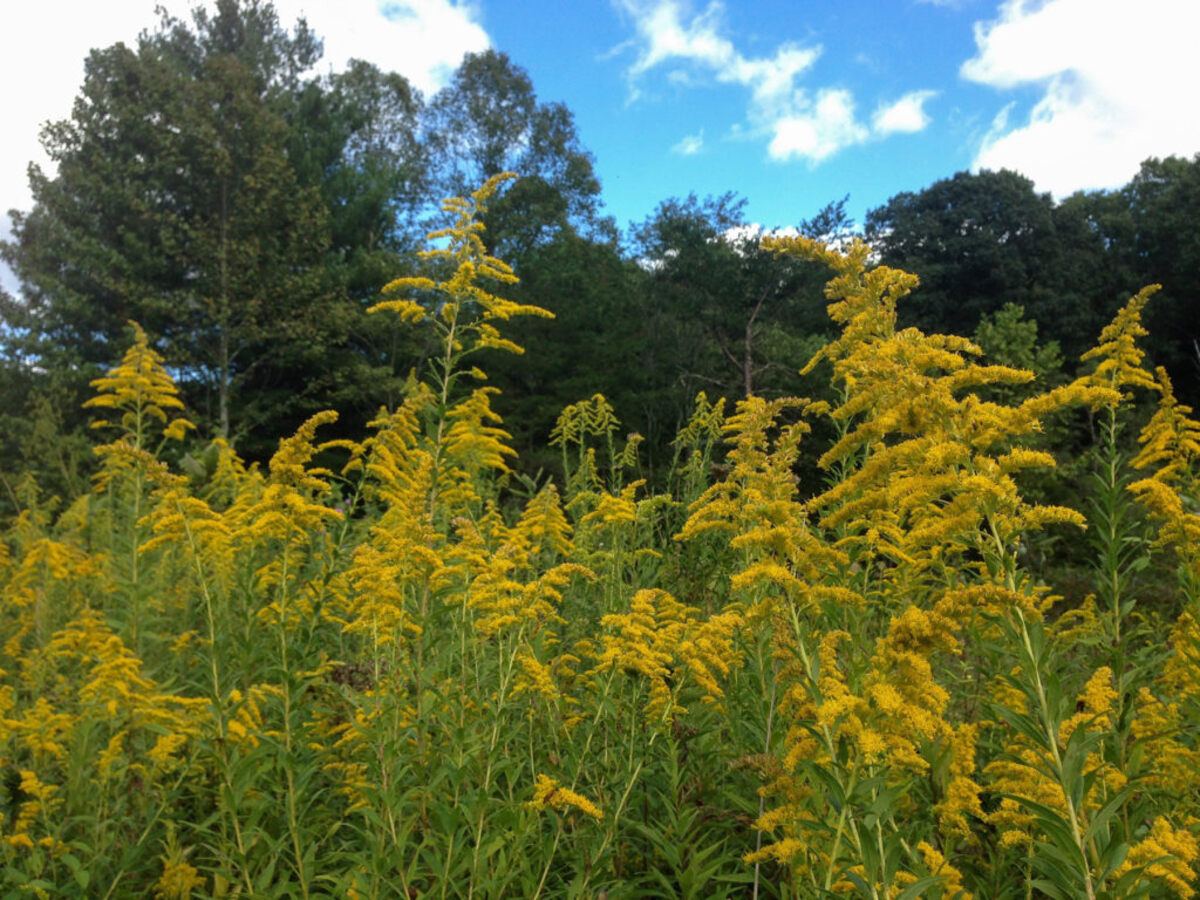
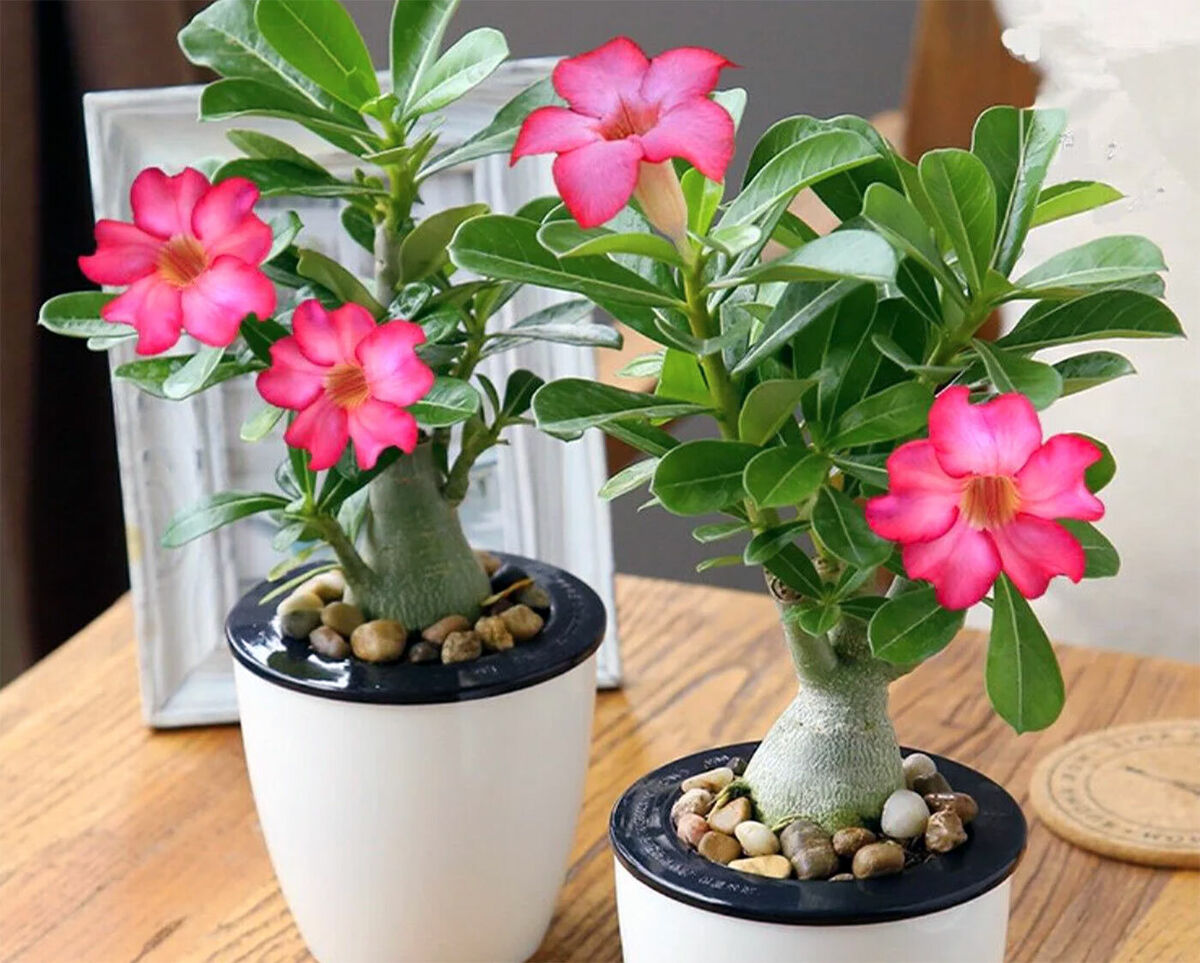

0 thoughts on “How Long Can A Desert Wildflower Live”